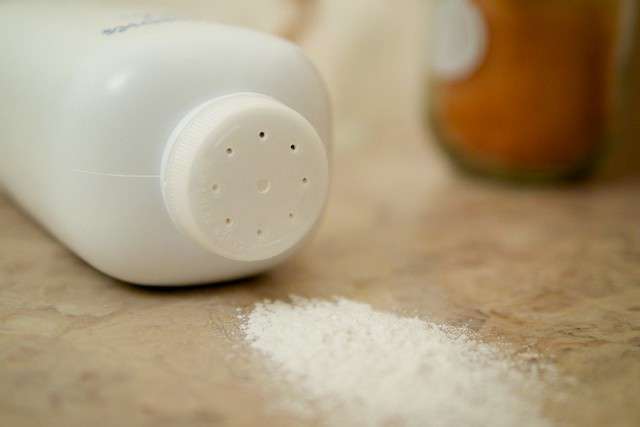
When I make a trip to the drugstore, I don’t usually struggle with the choice between name-brand medication and generic drugs—I tend to base my choice on the active pharmaceutical ingredients (APIs)1 listed on the package.
But only recently have I come to realize that the excipients listed on a drug’s packaging also play an important role. In fact, as my clients in the pharmaceutical industry have been happy to explain, manufacturers must rely on the analysis of both drugs and excipients in solid state to ensure the quality and efficacy of their products.
Fortunately—as I was happy to explain to my clients—spectrophotometry can help with this process.

Solid state excipients consist of compressed plaques and loose powders which account for the bulk of ingredients needed for the formulation and effectiveness of today’s pharmaceutical products. Image Source: Flickr user Axel Naud (CC BY 2.0)




